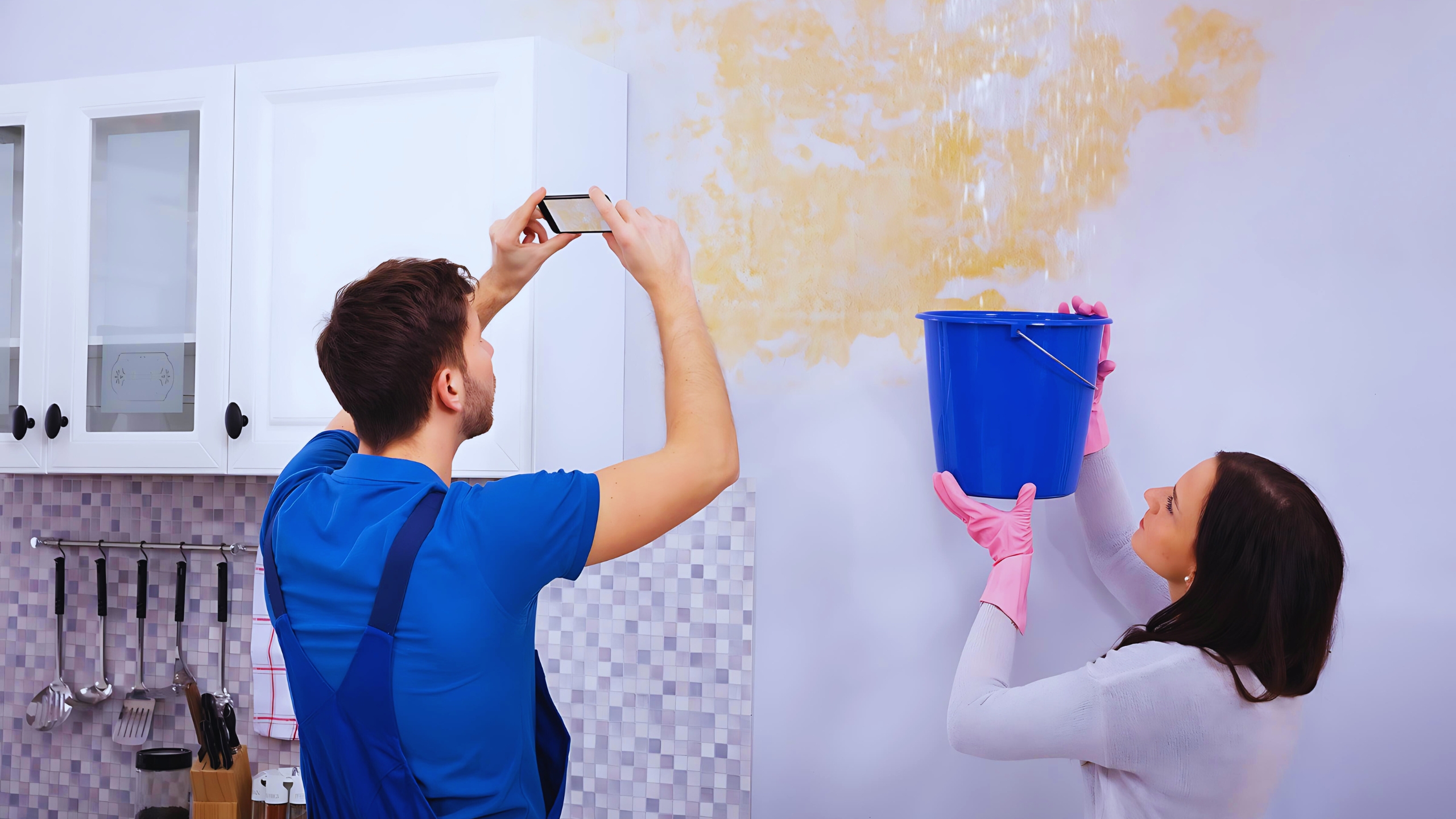
Water damage can have devastating effects on a property, compromising structural integrity and posing health risks. Early detection and timely intervention are crucial in mitigating the adverse impacts of water damage. This guide provides detailed insights into identifying signs of water damage and the steps to address it effectively.
Recognizing the Early Signs of Water Damage
Discoloration and Stains
One of the most apparent signs of water damage is discoloration or staining on walls and ceilings. These stains often appear yellow, brown, or copper-colored and indicate that water has seeped through the surface.
Peeling or Bubbling Paint and Wallpaper
Water intrusion causes paint and wallpaper to lose adhesion, leading to peeling or bubbling. This often indicates moisture trapped behind the walls, which requires immediate attention to prevent further damage.
Musty Odors
A persistent musty smell is a strong indicator of mold growth, which thrives in damp environments. This odor suggests that water damage has occurred, often in hidden areas such as behind walls or under flooring.
Warped or Sagging Floors and Ceilings
Excess moisture can cause wooden floors and ceilings to warp, sag, or buckle. This structural damage not only affects the aesthetic appeal of your home but also poses serious safety risks.
Visible Mold Growth
Mold thrives in moist environments and can appear as black, green, or white spots on walls, ceilings, or other surfaces. Mold growth indicates ongoing moisture problems and requires immediate remediation.
Causes of Water Damage
Plumbing Leaks
Leaking pipes are a common cause of water damage. Regular inspection of plumbing systems can help detect leaks early and prevent extensive damage.
Roof Leaks
Damaged or missing shingles, cracked flashing, and clogged gutters can lead to roof leaks. Regular roof maintenance and inspections are essential to prevent water ingress.
Basement and Crawl Space Issues
Basements and crawl spaces are prone to water damage due to poor drainage and ventilation. Waterproofing measures, such as installing sump pumps and dehumidifiers, can mitigate these risks.
Natural Disasters
Floods, hurricanes, and heavy rainfall can cause significant water damage. Being prepared with proper insurance and having a disaster response plan in place is crucial.
Steps to Address Water Damage
Immediate Actions
- Ensure Safety: Turn off electricity and gas supply to prevent hazards.
- Identify the Source: Locate and stop the source of water ingress.
- Remove Standing Water: Use pumps, buckets, and wet/dry vacuums to remove excess water.
- Drying and Dehumidification:Effective drying is essential to prevent mold growth. Use fans, dehumidifiers, and ventilation to thoroughly dry the affected area.
Cleaning and Sanitizing
Floods, hurricanes, and heavy rainfall can cause significant water damage. Being prepared with proper insurance and having a disaster response plan in place is crucial.
Repair and Restoration
Repair damaged structures such as drywall, flooring, and roofing. Restoration may involve replacing materials and ensuring the area is secure against future water damage.
Preventative Measures
Regular Inspections
Conduct regular inspections of plumbing, roofing, and basements to detect early signs of water damage.
Proper Drainage
Ensure proper drainage around the property. Clean gutters and downspouts regularly and consider grading the landscape to direct water away from the foundation.
Waterproofing
Invest in waterproofing solutions for basements, crawl spaces, and roofs. Consider using water-resistant materials for construction and renovation projects.
Installing Sump Pumps
Sump pumps can effectively manage water accumulation in basements and crawl spaces, preventing potential water damage.
Monitoring Humidity Levels
Maintain optimal indoor humidity levels using dehumidifiers and ventilation systems. This helps prevent mold growth and structural damage caused by excess moisture.
By following these comprehensive guidelines, homeowners can effectively identify, address, and prevent water damage, ensuring the longevity and safety of their properties. Regular maintenance and prompt action are key to minimizing the impact of water damage and safeguarding your home.